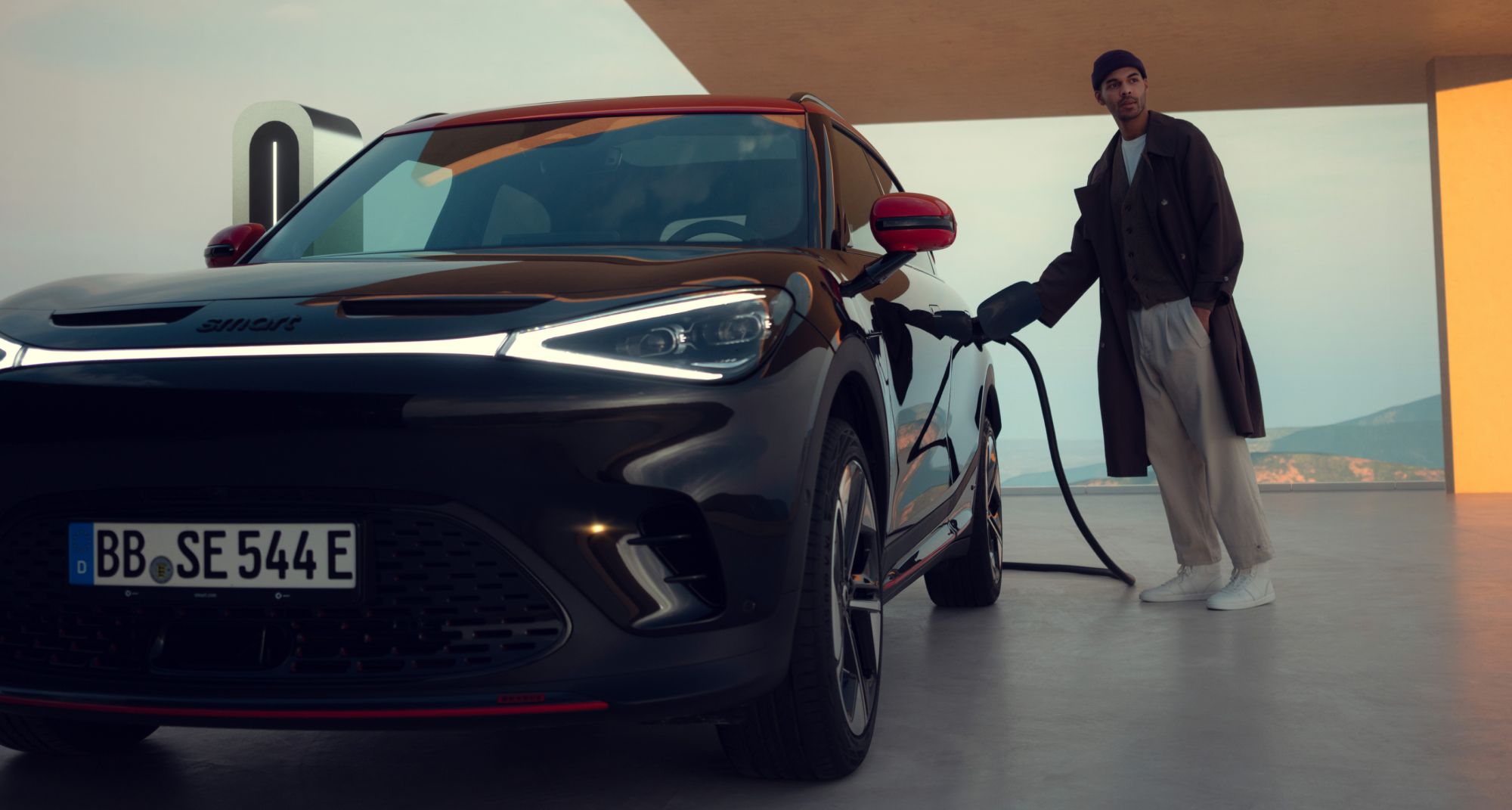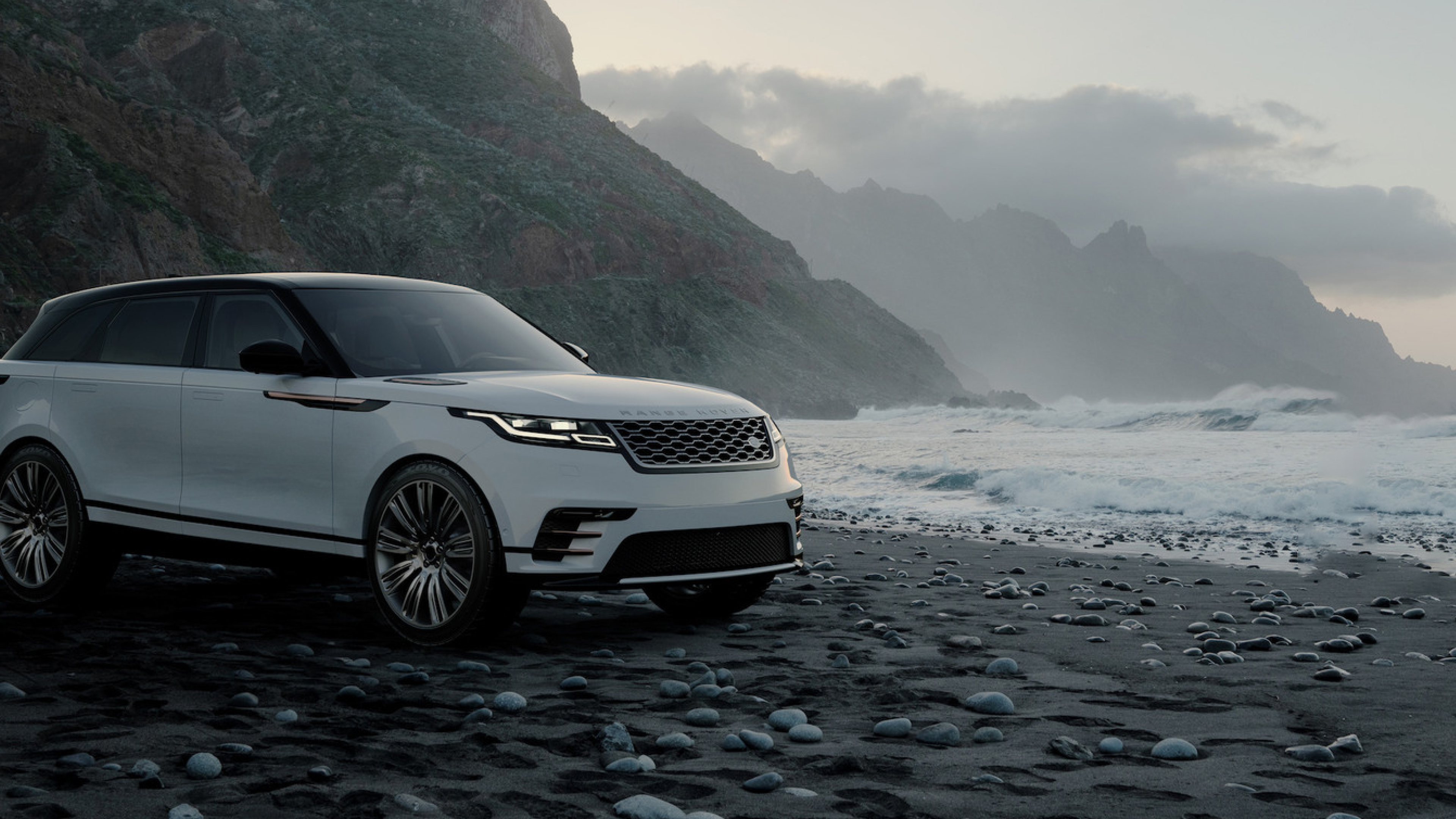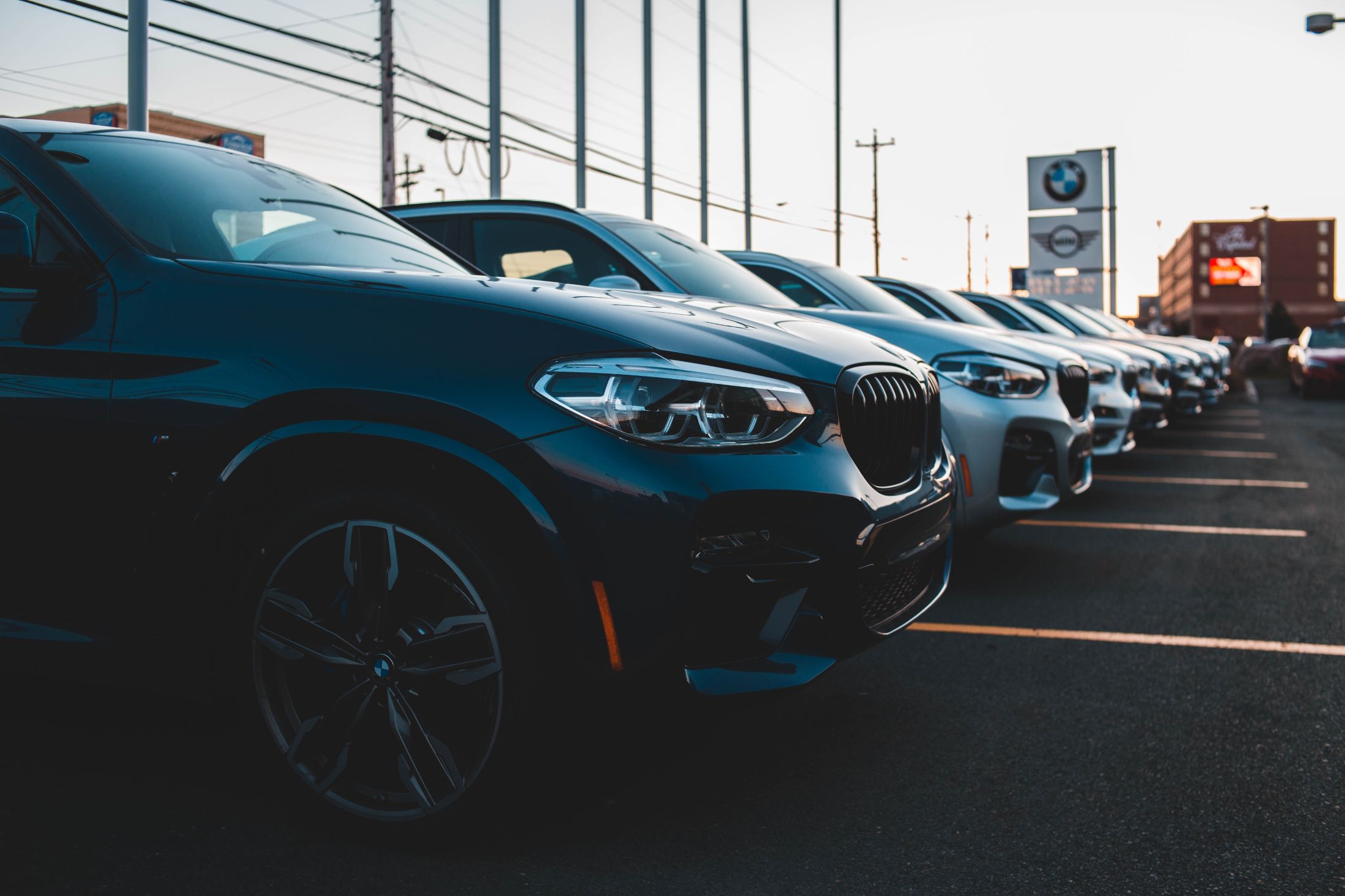Technological advancements, the rise of electric vehicles, and sustainability concerns are reshaping the automotive industry landscape.
These changes impact all players, from the original equipment manufacturers (OEMs) who build vehicles, to the dealerships that sell them, to the customers who buy them. Not to mention, the software companies driving innovation in cars themselves.
Newcomers are disrupting the industry, boasting the advantage of agility against legacy OEMs. Chinese manufacturers in particular are drawing attention as brands like BYD make headlines for surpassing Tesla in 2023. As intense competition and price wars heat up globally, 2024 stands to be a transformational year for both automakers and consumers.
As we hurdle toward a highly-connected, electric vehicle-driven market, drivers’ expectations are rapidly shifting, and OEMs need to shift priorities alongside them.
“Electric vehicles, digital-first buying models, technology-led information systems, and self-driving solutions will become the standard.”
— Peter van Alphen, Strategy Director, Growth, Europe
Trend 01 – From dealerships to e-commerce platforms: Automakers must make room for better experiences
Car owners want a digital-first experience with complementary virtual interaction—the convenience of buying online with the personal touch of a dealer.
For decades, legacy OEMs have fostered successful partnerships with dealerships, bypassing the need for direct-to-consumer (D2C) platforms. However, with the emergence of competitors like BYD and Tesla and growing customer expectations for an omnichannel car buying experience, adhering to the conventional approach has become increasingly untenable.
That’s not to say dealerships are becoming redundant, but their role is morphing into experience hubs, and brands’ digital presence are rising to support this.
Modern automotive e-commerce platforms must allow customers to effortlessly explore, compare, and purchase vehicles online from the comfort of their homes. As the industry increasingly transitions to online purchasing channels, DEPT® has helped many car brands build and market their e-commerce solutions.
61%
Respondents who plan to order their
next leased/subscription vehicle online
55%
Respondents who plan to order
their next EV online
355%
Predicted growth of automotive
e-commerce market from 2021 to 2031
What’s next for dealerships?
Dealerships still play a crucial role in the purchase journey, yet other touchpoints are gaining equal importance. There’s a clear need for refinement in the overall experience, both online and in-person.
Nowadays, by the time customers reach a dealership, they’ve already completed the bulk of their discovery and interest journey online. But despite the shift toward the majority of brand interactions occurring online, visiting physical locations (dealerships or showrooms) remains a fixed component of the buyer’s journey.
Regardless of how immersive an auto e-commerce experience is, the vast majority of car shoppers still want to view or test drive vehicles in person—90% in fact, according to a McKinsey study.
Because this purchase journey spans on- and offline touchpoints, it’s critical for OEMs and dealerships to maintain a communicative and collaborative data-sharing relationship.
How can OEMs meet the growing need for omnichannel experiences?
- Unified customer experience both online and offline: By maintaining the brand’s personality and values across all online touchpoints, in-person experiences at dealerships/showrooms, and post-purchase in-car interactions.
- Data integration and analytics for highly personalized experiences: Establishing a robust CRM system built on advanced data, AI, and segmentation techniques.
- Retaining engagement through immersive virtual showrooms: Facilitating users’ configuring their dream car through immersive and user-friendly online platforms elevates the overall brand experience.
- Establishing a presence on emerging platforms: By enhancing brand awareness through digital channels such as TikTok, Twitch, Amazon, and even Reddit.

In the fast-changing automotive sector, legacy OEMs are pivoting to an omnichannel strategy to stay ahead and maintain relevance.
Today’s consumers demand omnichannel experiences that merge the convenience of online shopping with the tangible feel of offline interactions, compelling OEMs to rethink the traditional sales approach.
Embracing D2C models and making the most of e-commerce platforms enables OEMs to forge direct connections with their audience, delivering tailored experiences and insights that conventional dealerships fall short of. This direct interaction is vital for understanding consumer needs, preferences, and feedback, empowering OEMs to adjust and innovate.
Reinventing dealerships into experiential showrooms is, therefore, key to nurturing brand loyalty and setting them apart from the competition. These physical experiences provide consumers with a hands-on connection to the brand, offering immersive experiences that enhance online platforms designed to facilitate the sales process.
— Brian Robinson, Managing Director, UK
Trend 02 – Same car, new software: Software redefines automaker competition
When it comes to passenger cars, consumers place similar importance on software features and physical attributes of the car. According to Statista research, respondents equally considered good smartphone and internet connectivity and having their preferred make as especially important characteristics for buying a car.
17%
Of customers are satisfied
with current in-car features
91%
Projected market growth of
connected vehicles from 2023-2027
Basic connectivity features are now the expectation, not just a nice to have. And as in-car technology becomes increasingly sophisticated and complex while engines become less so, OEMs must shift their focus from hardware to software.
Connectivity is no longer an afterthought, especially in the rapidly growing EV market. Customers now actively seek personalized, software-driven solutions that seamlessly integrate with their regional preferences and individual budgets. Catering to these diverse needs will be a key differentiator for automotive brands in 2024 and beyond.
By 2030, 95% of new vehicles sold globally will be connected, with 12% equipped with level three or four autonomous-driving capabilities (compared with 1% in 2025).
Every automotive player is adapting to a new software frontier. However, incumbents have to move away from rigid, ‘Tayloristic‘ organizational structures to unlock the full potential of creativity, empowerment, and responsiveness.
Elmar Pritsch, Partner at Deloitte Consulting GmbH
OEMs can forget data silos if they rethink collaborations
The automotive industry sits on a treasure trove of data, but without advanced analytics and business intelligence, many OEMs struggle to translate it into the dynamic software experience customers expect.
For companies historically characterized by hardware, facing this challenge requires more than just internal expertise. Deloitte’s recent report emphasizes that the solution is collaboration with outsiders: tech companies, regulators, and other stakeholders.
By working with teams specialized in harnessing and leveraging data, automakers stand to unlock a world of opportunity to gain competitive advantages in the increasingly software-driven market.

With tech and cars coming together like never before, it’s exciting to see where this road will take us.
New technologies are no longer a fancy addition to our cars but a major part of the game. However, there is a fine line between improving drivers’ experience and distracting them with new gadgets.
The trick is to utilize more features that increase safety and comfort without turning our cars into rolling movie theatres.
It’s also no longer about speed or style. Cars have become a second mobile device, seamlessly integrated with our daily lives. Imagine cars that sync with your schedule, provide weather forecasts, and even remind you of car maintenance.
Beyond smart features, the focus is also on sustainability—creating vehicles that not only transport us efficiently but also contribute to a greener planet.
The modern car industry goes beyond car manufacturing; it’s about integrating them into our digital lifestyles and elevating sustainability. With advanced technologies, we’re not just producing cars; we’re revolutionizing transportation.
— Henry Daubrez, CEO/CCO @ Dogstudio/DEPT
Trend 03 – The new blueprint: Worldwide adoption of Chinese EVs and their impact on automakers
Standards are shifting as Chinese EVs assert global leadership, surpassing Tesla in sales and stoking fears for legacy OEMs that may be unable to compete price-wise.
This change is forcing European and North American OEMs to compete in a brand new field with new prices, new software, and rising demand. Despite discussions of protectionist measures in Europe and North America, the allure of Chinese EVs isn’t waning.
Chinese EV companies like BYD and Nio are not just shaping the future of electric vehicles; they are setting a new blueprint for the entire automotive industry.
$623.3B
Predicted 2024 EV market revenue
34%
YoY global EV market growth from
Sept. 2022 to 2023
90%
Software-driven vehicles by 2029

BYD (BUILD YOUR DREAMS), a Chinese car manufacturer, is quickly becoming the talk of the automotive world for its forward-thinking, environmentally conscious, and technologically advanced EV offerings.
They are the new kids on the block, the challenger brand.
They’re taking all the learnings, trials, and tribulations of other ICE and EV brands and carving their own space, combining pioneering technology and innovative marketing to break through. They put their consumer at the heart of their business.
The proof is in their name: ‘BUILD YOUR DREAMS.’ Everything centers around this, including innovation, a commitment to reducing carbon emissions, and the promotion of clean transportation solutions.
Everything they do is purpose-driven, using technology to achieve the best outcomes. They may not be the biggest, but watch this space because they want to be the best in their field. If they keep tracking this way, using all the technology and marketing levers at their disposal, they will achieve that goal.
— Jessica White, General Manager, Creative & Content AU
Trend 04 – Plans and pricing: Carmakers ease the financial burden of car ownership with flexible options
People are increasingly seeking alternatives to outright car ownership.
Wary of accumulating costs, the environmental impact of owning cars, and the uncertainty surrounding rapid innovations in in-car AI and automation, drivers are exploring options that offer the convenience of having a personal vehicle without the commitment of ownership.
And as the auto industry trends toward EVs and software-driven vehicles, drivers also want the opportunity to try new models without making a long-term commitment.
OEMs that offer flexible ownership schemes, such as mobility-as-a-service or car subscription models, provide solutions to all of the above.
- The global subscription market is set to reach $12.5 billion by 2026, allowing auto manufacturers to increase revenue.
- People who are interested in vehicle subscriptions indicate a willingness to pay roughly 10% more for the flexibility scheme compared with their current mobility expenditures.
Similarly, drivers also vary widely in the connectivity features they desire and what they’re willing to pay for them. By offering subscriptions for connectivity and in-car add ons, OEMs can provide users the flexibility to choose what features they value most while opening up new revenue streams.

For many people, a car is the second largest expense they’ll ever encounter. It’s a purchase decision that requires a lot of discussion and deliberation—form vs. function—do you go for the sporty little number? Or the functional family-mover?
And when it is purchased, your car depreciates in value (and quality).
OEMs have already been experimenting with subscriptions for a while—the hardware is the baseline cost, while subscription services are layered on to get access to additional features. In the future, OEMs will offer subscription models for the entire package, hardware, and software, so customers can seamlessly switch between vehicles for their dynamically changing needs. Profiles, preferences, and features will follow the customer from vehicle to vehicle, so they can enjoy the flexibility of switching between cars without compromising on the convenience of vehicle customization.
Car ownership and the rate at which people replace their vehicles is declining in the US. It’s possible to imagine a future where ownership disappears for the most part and is replaced by subscription. In that model, OEM loyalty would increase significantly as the frustrations of ownership decrease, the flexibility and access to different models would improve, and, as with the smartphone market, it’s just easier to stick with the brand and interface that you know, and that knows you.
— Asher Wren, SVP Growth & Marketing, and Partner
Explore more content from DEPT®/AUTOMOTIVE
Questions?
Digital Trends & Research Analyst








